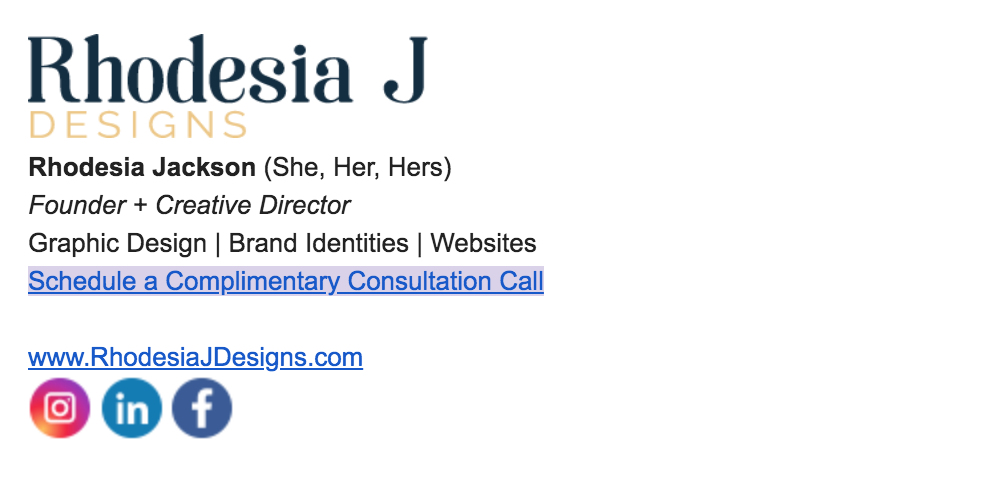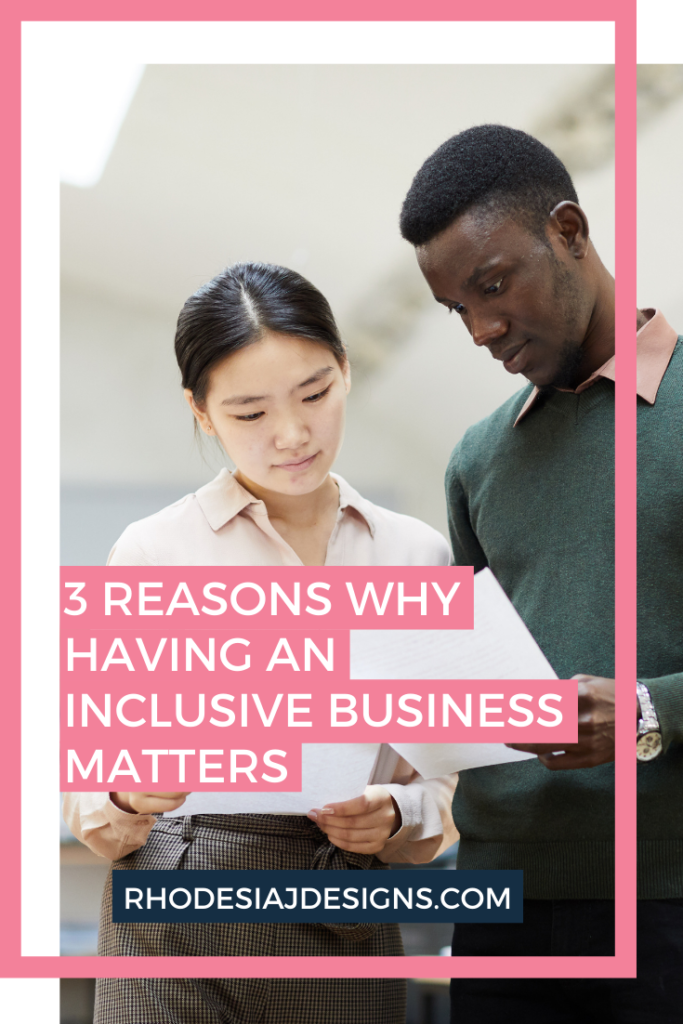Today’s blog is about pronouns. Yes, those pronouns. The ones that you learned about in elementary school to refer to your friend Christina as “she” and Chris as “he”. Those days are long gone, and thankfully so are those narrow definitions of pronouns.
These days, more and more people are realizing that not everyone uses the pronouns that have traditionally been placed on them. As more people come out as non-binary, genderqueer, gender fluid, or agender (just to name a few), its important to educate yourself about what this means and how to be inclusive in your work. For those of you who aren’t familiar with these terms, “None of [them] mean exactly the same thing – but all speak to an experience of gender that is not simply male or female” (National Center for Transgender Equality, 2018).

You might be wondering how exactly to go about being inclusive in your business. Luckily there are many things that you can do to make sure you are respecting people’s gender identity. You can start out by updating your email signature to include your preferred pronouns. For instance, after my name I have “she/her/hers”. This lets others know that I am an ally, and opens the door for people to feel more welcome or comfortable when conversing with me.
If you are referring to a single person and aren’t sure of their gender, use the pronouns “they/them/theirs” instead of making assumptions. You could also tell them what your preferred pronouns are first, and see if they feel comfortable sharing theirs as well. If you are hosting a group event, it is helpful to have everyone write their names and pronouns on a nametag. It helps to create a welcoming and safe environment. Once you have learned someone’s pronouns, mistakes and slip-ups can happen. There is no need to be overly apologetic and talk about how “hard” it is to get right. Just correct yourself as soon as you realize and carry on. It will get easier as time goes on. Just show that you are making an honest effort, and don’t make it weird.
When addressing more than one person, such as in a facebook group called “Women of Business”, it might be easy to assume that everyone is comfortable being addressed as a “lady” or a “woman”, but that’s usually not the case. When deciding on what pronouns or gender-related words to use, make sure you think about if you’re excluding anyone. If you don’t know for a fact that everyone in the group identifies in the same way, you should avoid using terms like:
- Ladies
- Women
- Girls
- Gentlemen
- Guys
And instead, use words like:
- Folks
- People
- Friends
- Everyone
- Beautiful humans
- Babes
Of course, this is just a very brief overview of pronouns. Educating yourself is the most important way to be a more inclusive business owner. Life Outside the Binary, and GLAAD are great places to continue learning about this. In the meantime, you can start making changes to your social media right now by downloading my quick and easy 10 step guide. This will help you to be more inclusive on social media (on all fronts), and you’ll have a more diverse feed in no time.
Get Your Inclusivity on Social Media Guide
Want even more inspiration to make your biz more inclusive? Come and join my new Facebook group Built to Be Inclusive. A community to discuss all things inclusivity and diversity in your business.







